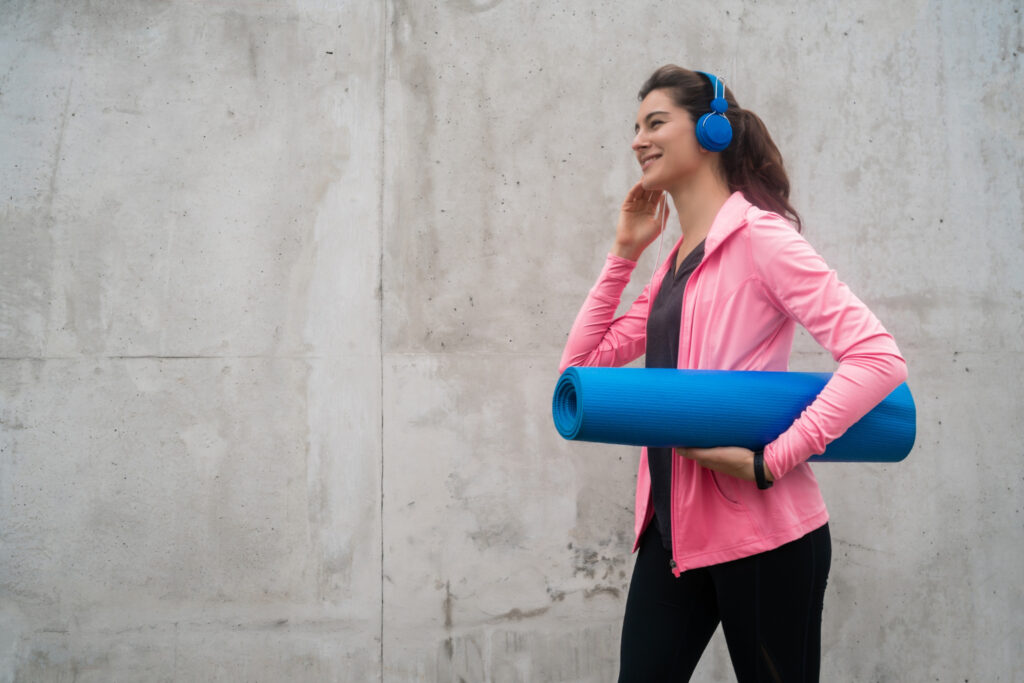
In this article
When embarking on a new exercise program, many individuals push their bodies too hard, risking injury. The belief that exercise must be extremely intense or painful to be beneficial is a misconception. Moderation is essential for safe exercise. Effective exercise programs start slowly, gradually increasing in frequency, intensity, and duration.
Consult Your Doctor
Before beginning any vigorous physical activity, it is crucial to consult your doctor if:
- You have an existing health issue, such as high blood pressure or diabetes
- You have a history of heart disease
- You are a smoker
Safe Exercise Guidelines
Dress Appropriately
Wear comfortable, loose-fitting clothing that allows free movement and is lightweight enough to release body heat. In hot weather, opt for light-colored clothes. In cold weather, dress in layers that can be removed as needed.
Replace Your Athletic Shoes Regularly
How often you need to replace your athletic shoes depends on the shoe material, types of workouts, workout surfaces, and other factors. Generally, it is recommended to replace workout shoes every 300 to 500 miles or every 6 to 8 months, whichever comes first. Frequent exercisers may need to replace their shoes more often.
Strike the Right Balance
Create a balanced fitness program that includes cardiovascular exercise, strength training, and flexibility exercises. A balanced program not only provides a full-body workout but also keeps you engaged and reduces the risk of injury.
Warm Up
Prepare your body for exercise with a warm-up. This can include running in place, breathing slowly and deeply, or gently practicing the motions of the upcoming exercise. Warming up increases heart and blood flow rates and loosens muscles, tendons, ligaments, and joints.
Stretch
Stretching should be done slowly and carefully until you feel muscle tension. Hold each stretch for 10 to 20 seconds before slowly releasing it. Inhale before each stretch and exhale as you release. Avoid stretching to the point of pain and do not bounce on a fully stretched muscle.
Take Your Time
During strength training, move through the full range of motion with each repetition. Breathe regularly to lower blood pressure and increase blood supply to the brain.
Stay Hydrated
Prevent dehydration and heat injury by drinking enough water. Consume 1 pint of water 15 minutes before exercising and another pint after cooling down. Drink water every 20 minutes during exercise.
Cool Down
Cooling down should be the final phase of your exercise routine, taking twice as long as your warm-up. Gradually slow your motions and reduce the intensity of movements for at least 10 minutes before stopping completely. The cool-down phase should end when your skin is dry and you feel cool.
Rest
Incorporate regular rest days into your exercise schedule and rest when feeling tired. Fatigue, significant muscle soreness, and pain are signs that your body needs a break.
Information
Starting an exercise routine can be daunting, but by following these guidelines, you can ensure that your journey towards fitness is safe and sustainable. Listening to your body and progressing gradually are key elements in preventing injuries and maintaining long-term health.
Summary
Safe exercise practices are about moderation, gradual progress, and listening to your body. By dressing appropriately, replacing shoes regularly, balancing different types of exercises, warming up, stretching, staying hydrated, cooling down, and taking rest days, you can build a robust and safe fitness routine. Always consult with your doctor if you have any health concerns before starting vigorous activities. Remember, exercise should enhance your well-being, not harm it.
A Quick Review
Safe exercise is about starting slowly and gradually increasing intensity. Consult a doctor if you have health concerns. Wear appropriate clothing and replace shoes regularly. A balanced exercise routine includes cardiovascular, strength, and flexibility exercises. Warm up, stretch, and stay hydrated. Always cool down after workouts and take regular rest days. These practices help prevent injuries and ensure long-term fitness success.











